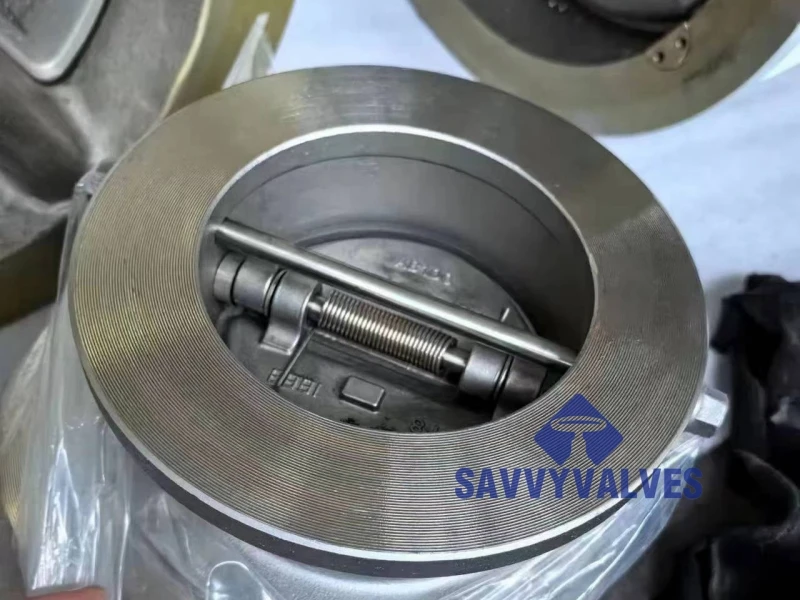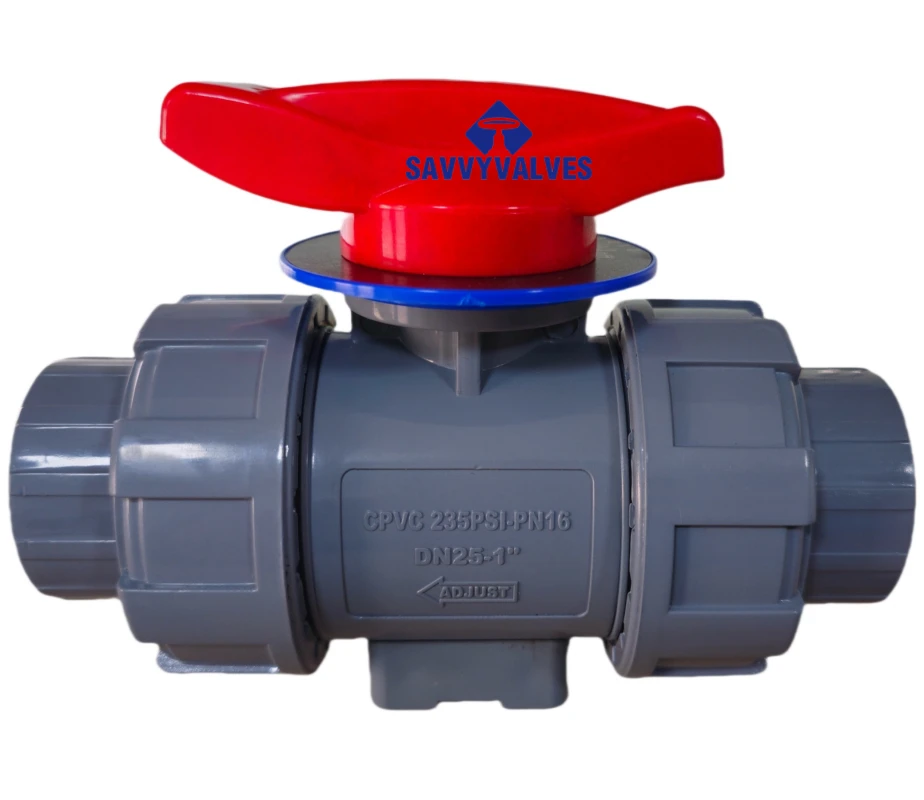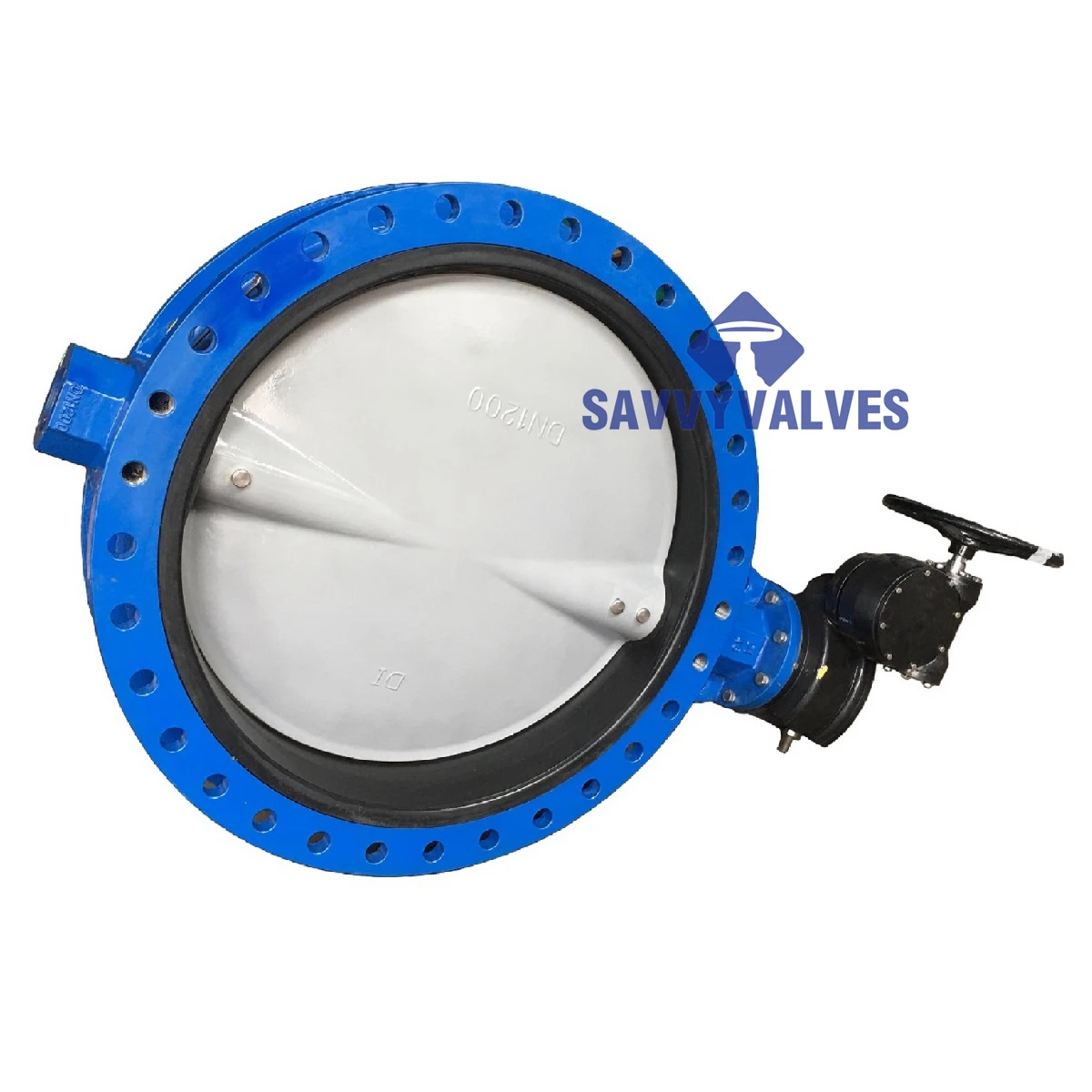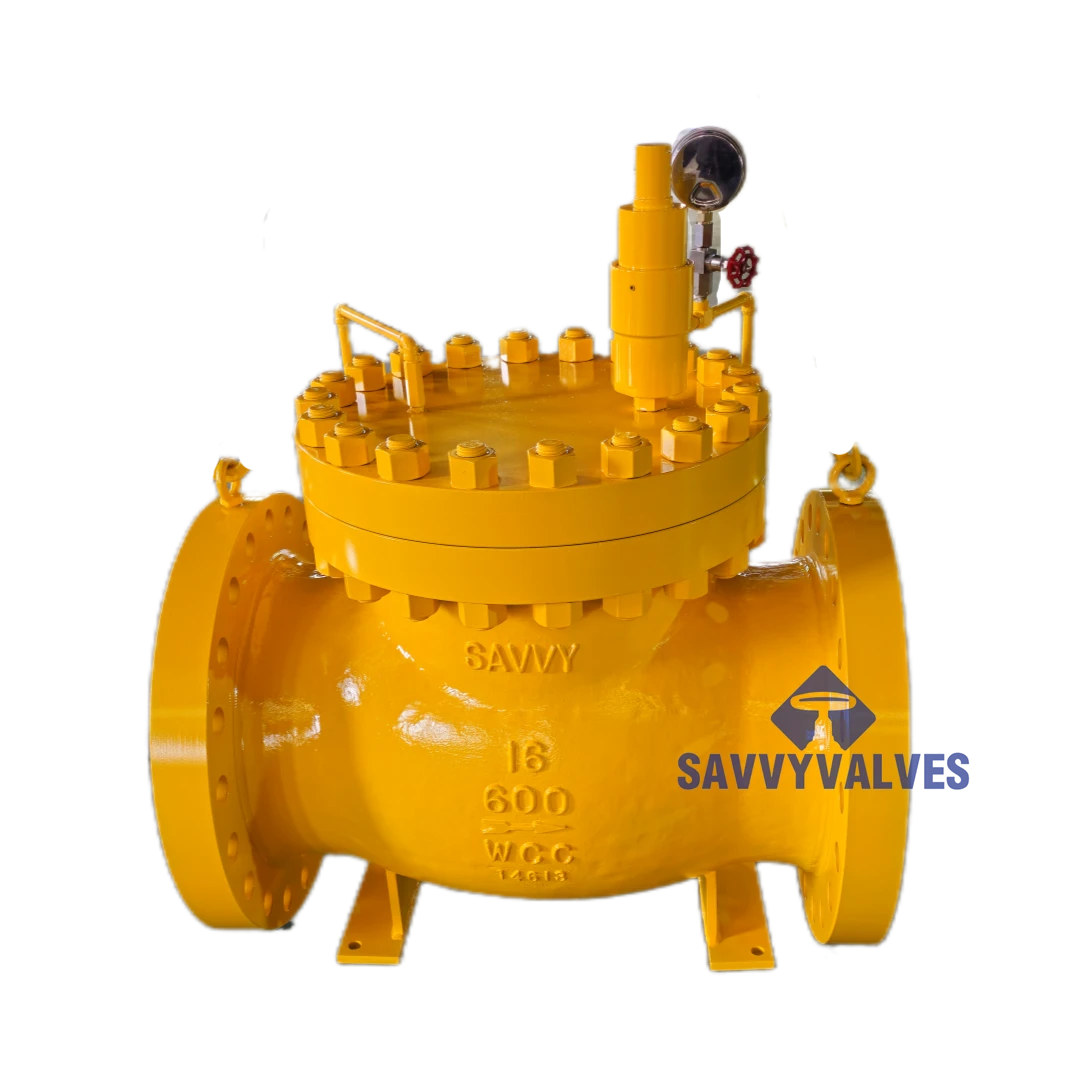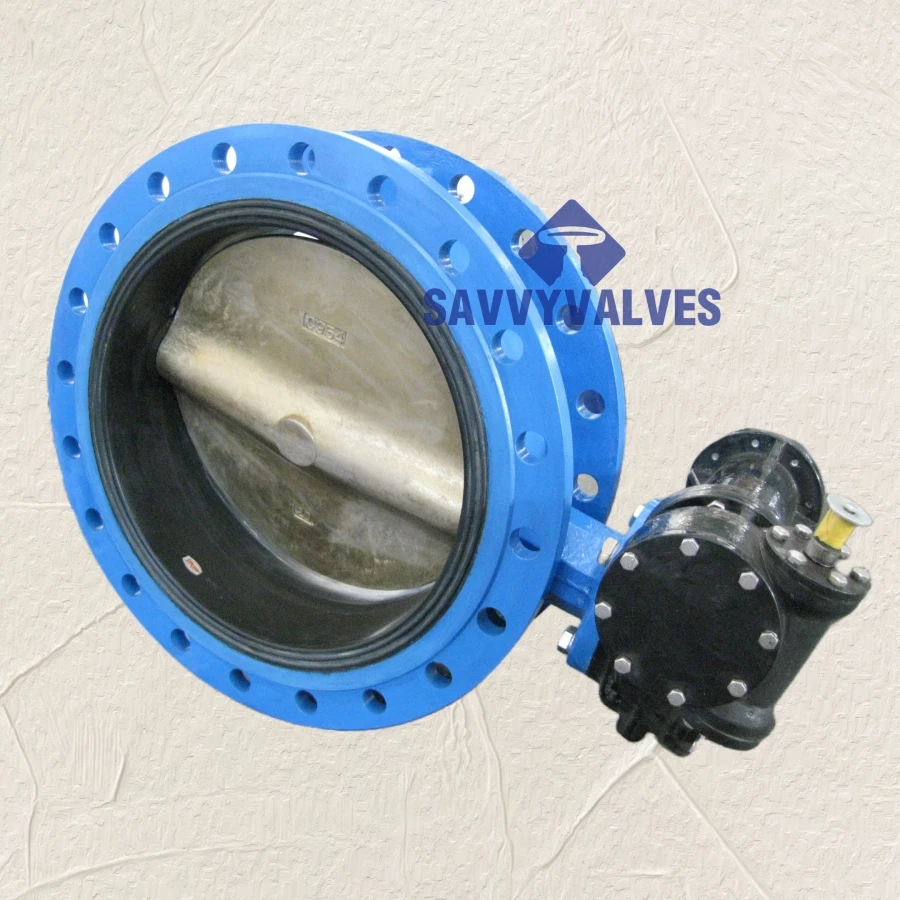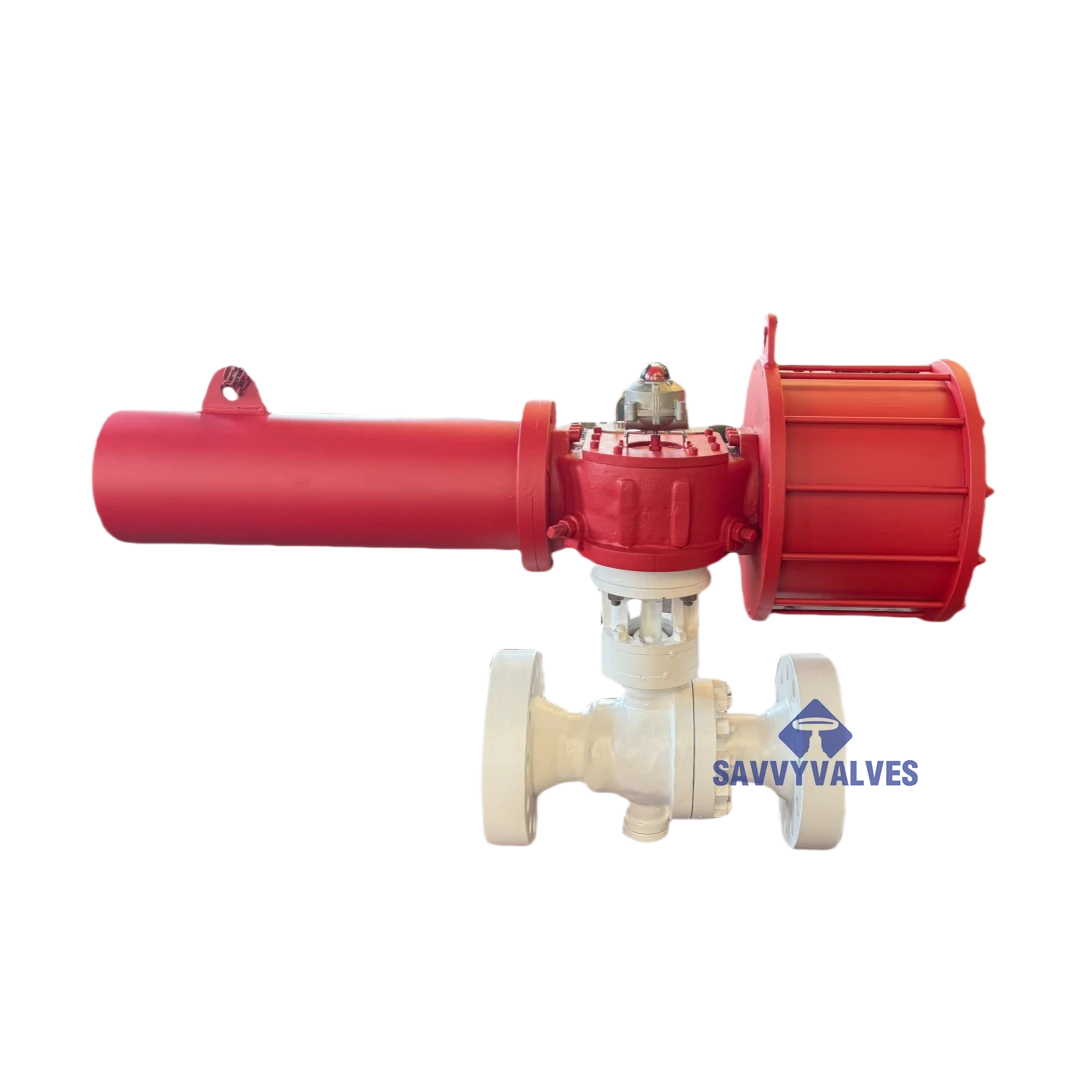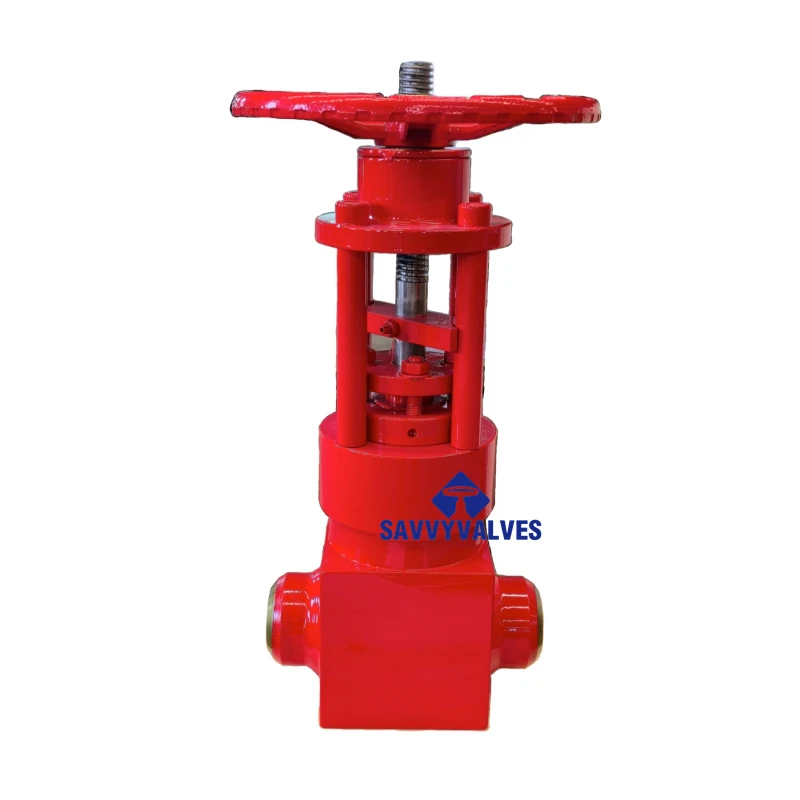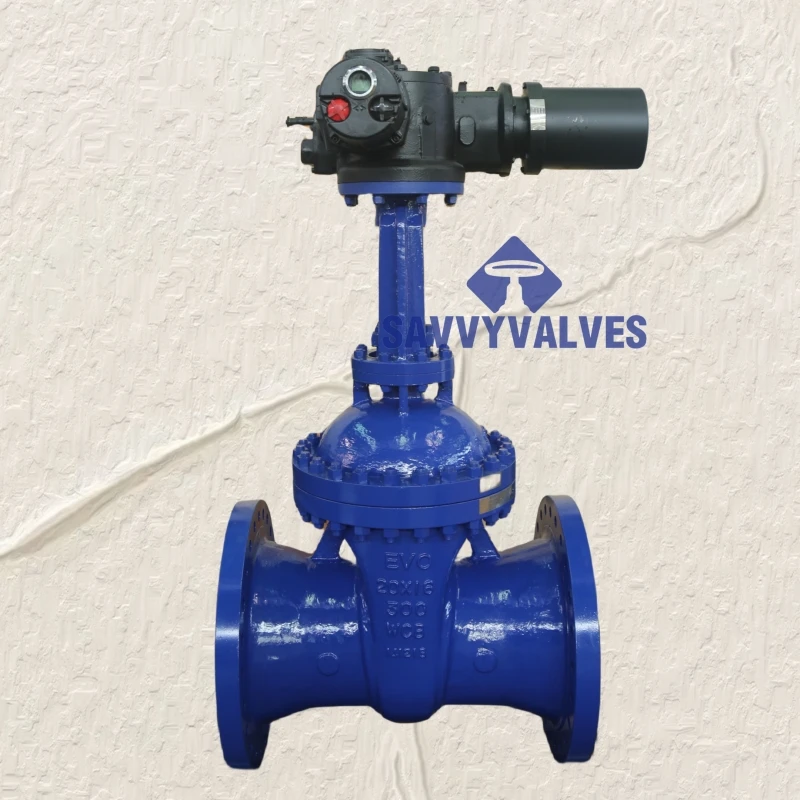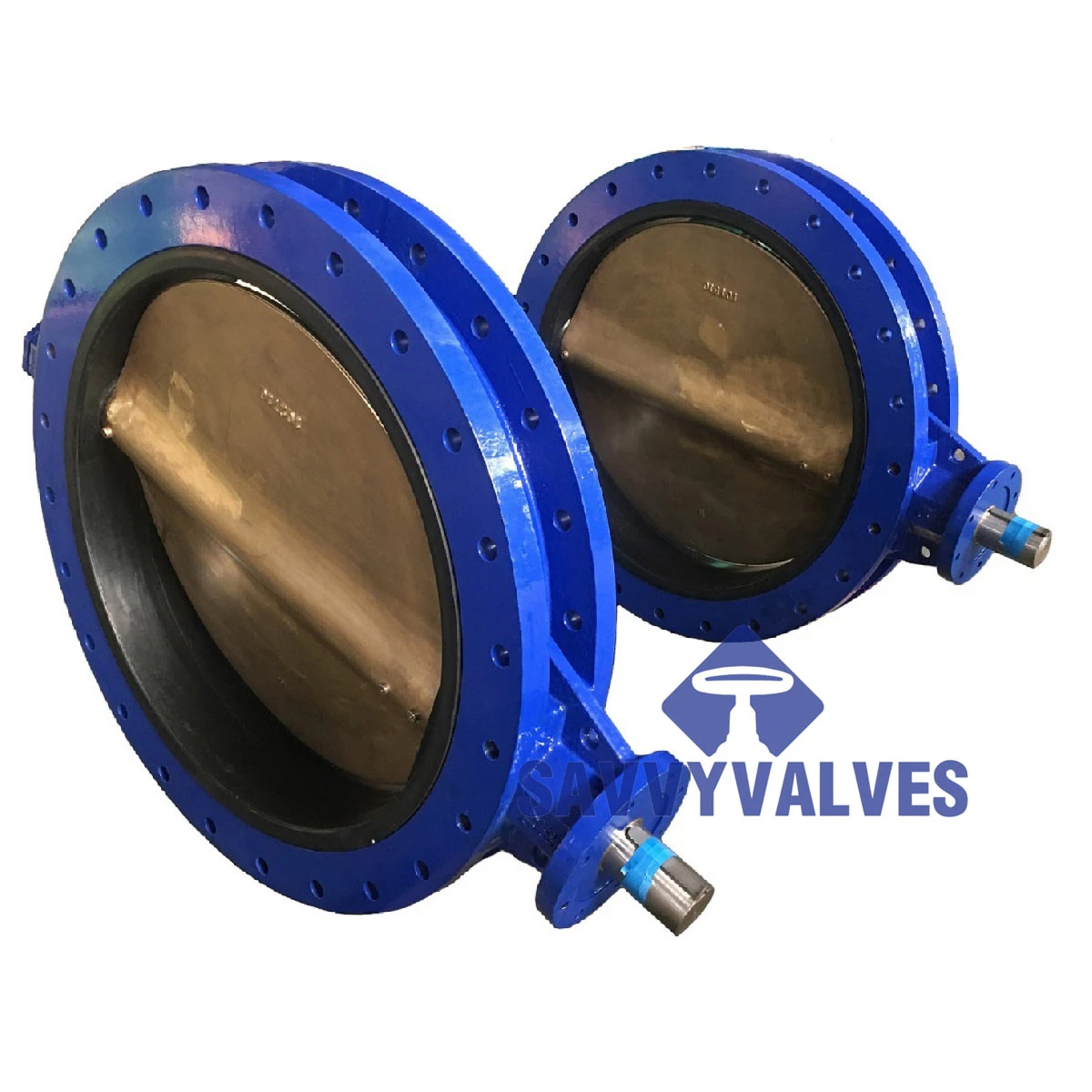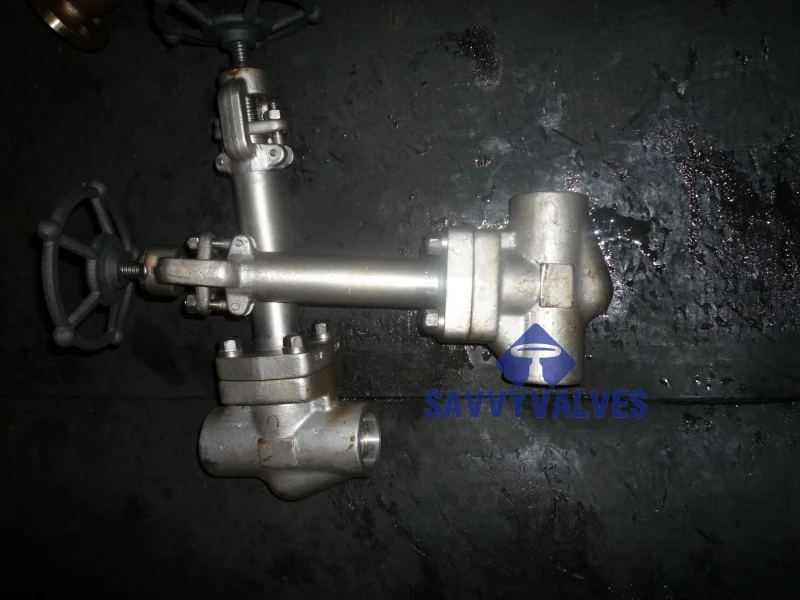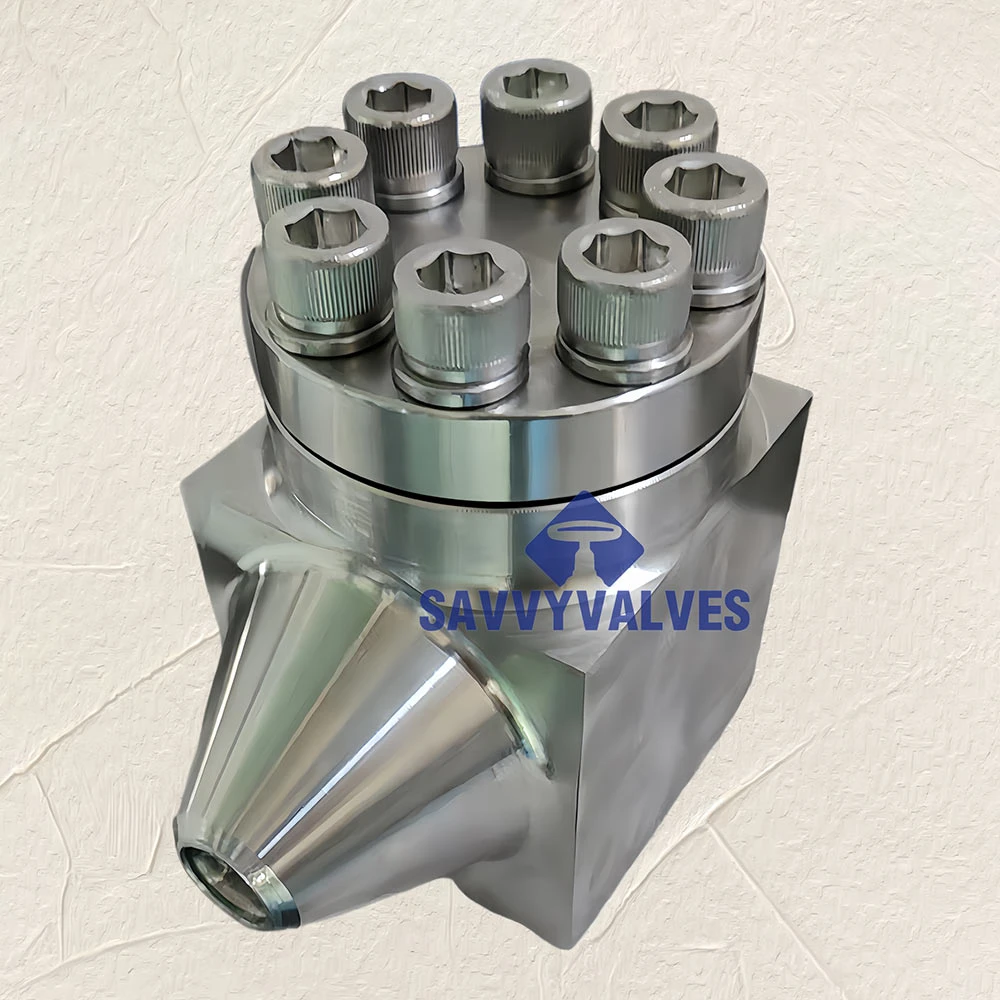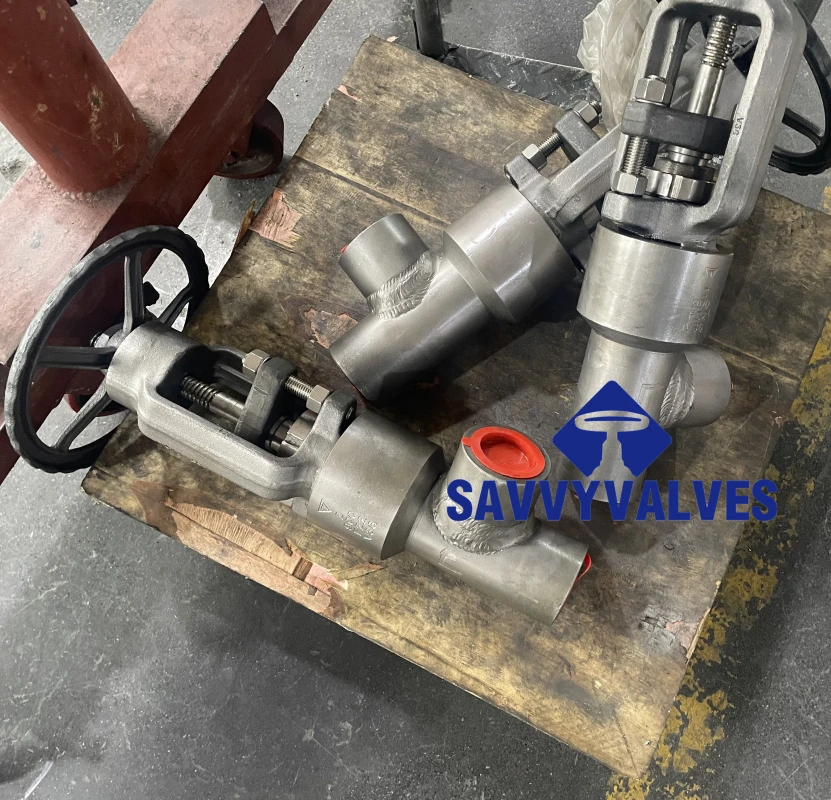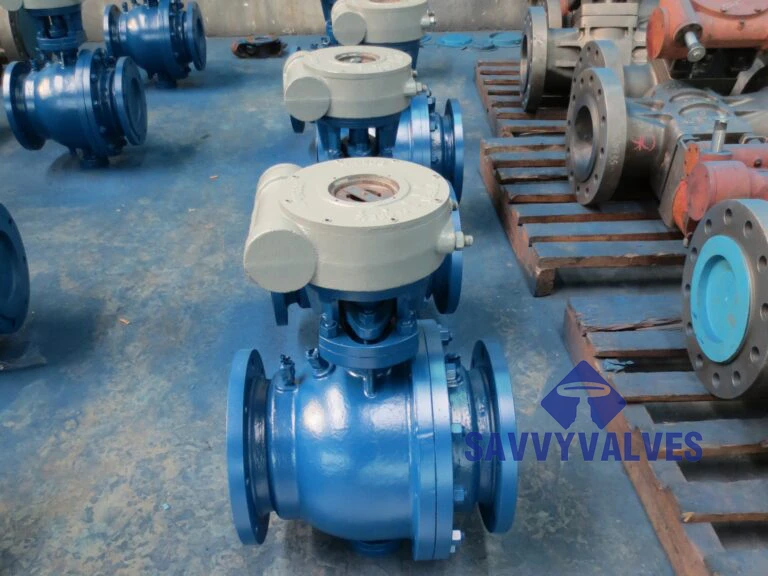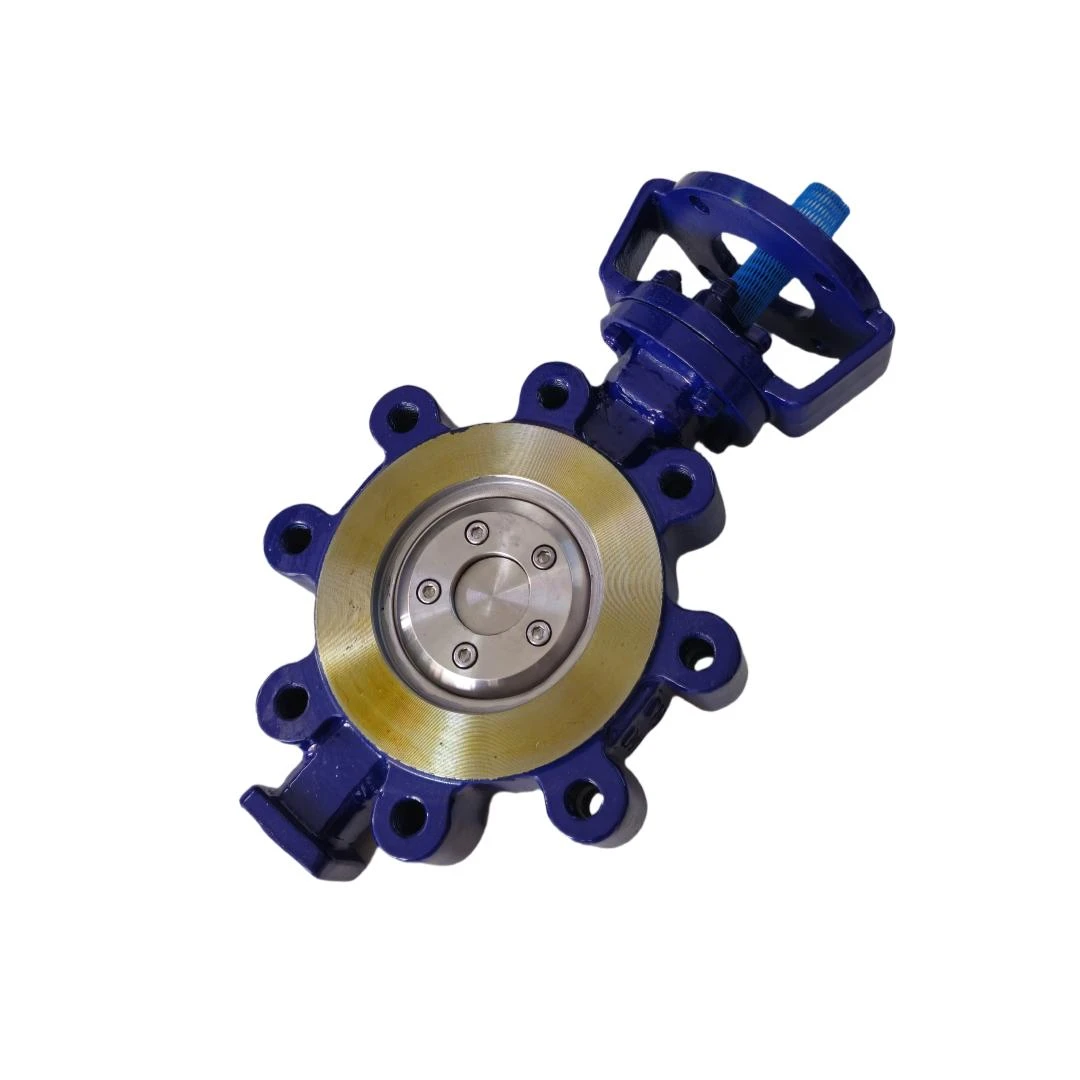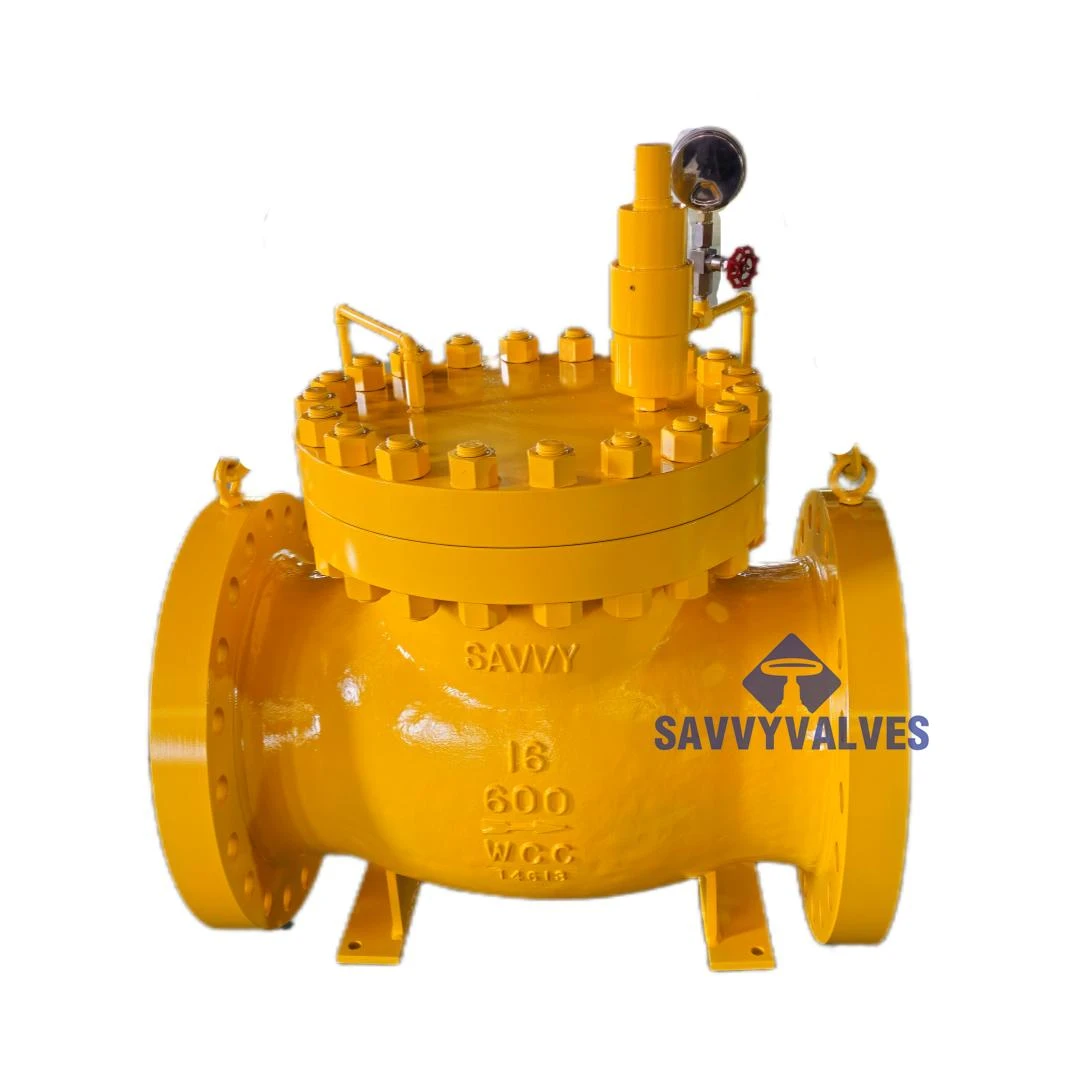Navigating the Efficiency of Wafer Style Butterfly Valves in Industrial Applications
In the intricate world of industrial fluid control, the selection of robust and efficient valving solutions is paramount for operational integrity and cost-effectiveness. Among the myriad options, wafer style butterfly valves stand out as a highly preferred choice, offering a compelling blend of compact design, reliable performance, and ease of maintenance. Their unique design, characterized by a disc that rotates 90 degrees to control flow and a body that fits snugly between two pipe flanges, makes them ideal for a wide array of demanding applications. This article delves into the technical nuances, industry applications, and inherent advantages of these critical components, particularly highlighting advanced designs like the Replaceable Cartridge Seat Wafer Butterfly Valve, which signifies a leap forward in maintenance efficiency and longevity for B2B industrial users.
The demand for compact and efficient valve solutions continues to drive innovation, especially in high-density piping systems where space optimization is crucial. Wafer style butterfly valves address this need directly, providing a streamlined profile that minimizes installation footprint without compromising flow control capabilities. Their versatility extends across various pressure classes and media types, from abrasive slurries to corrosive chemicals, making them indispensable in sectors ranging from petrochemical and power generation to water treatment and HVAC. Understanding their structural integrity, material compatibility, and operational parameters is key for engineers and procurement specialists seeking to optimize system performance and reduce total cost of ownership in complex industrial environments.
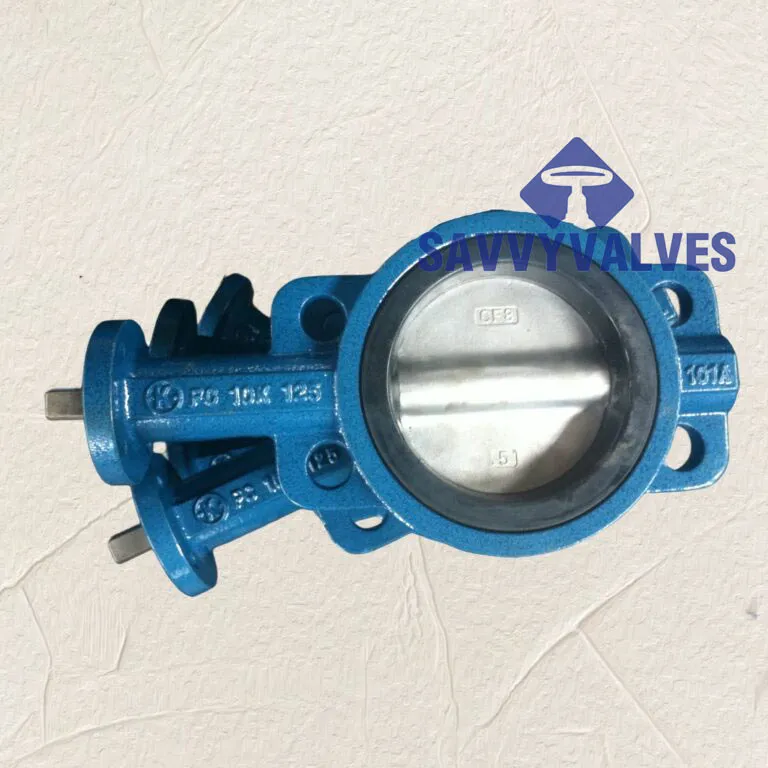
Industry Trends and Market Evolution for Wafer Butterfly Valves
The market for wafer butterfly valve technology is experiencing significant growth, propelled by increasing industrialization, infrastructure development, and a heightened focus on energy efficiency and environmental compliance. Recent market analyses indicate a steady Compound Annual Growth Rate (CAGR) for industrial valves, with butterfly valves, particularly the wafer and lug types, holding a substantial share due to their widespread utility. Innovations are primarily concentrated on enhancing material science, automation integration, and achieving higher performance in extreme conditions. Manufacturers are investing in R&D to develop valves that can withstand more aggressive media, higher temperatures, and pressures, while also supporting smart plant initiatives through actuator compatibility and digital feedback systems.
Key trends include the adoption of advanced elastomers and polymers for seat materials, such as EPDM, NBR, Viton, and PTFE, to extend service life and chemical resistance. Furthermore, the push towards sustainability is driving demand for zero-leakage designs and valves with lower torque requirements, which translates into reduced energy consumption for actuation. The integration of IoT and Industry 4.0 principles is also influencing valve design, with an increasing emphasis on intelligent valves capable of real-time monitoring, predictive maintenance, and remote operation. This evolution underscores the importance of selecting a future-proof valving solution like the Replaceable Cartridge Seat Wafer Butterfly Valve, which offers modularity and adaptability to changing operational demands.
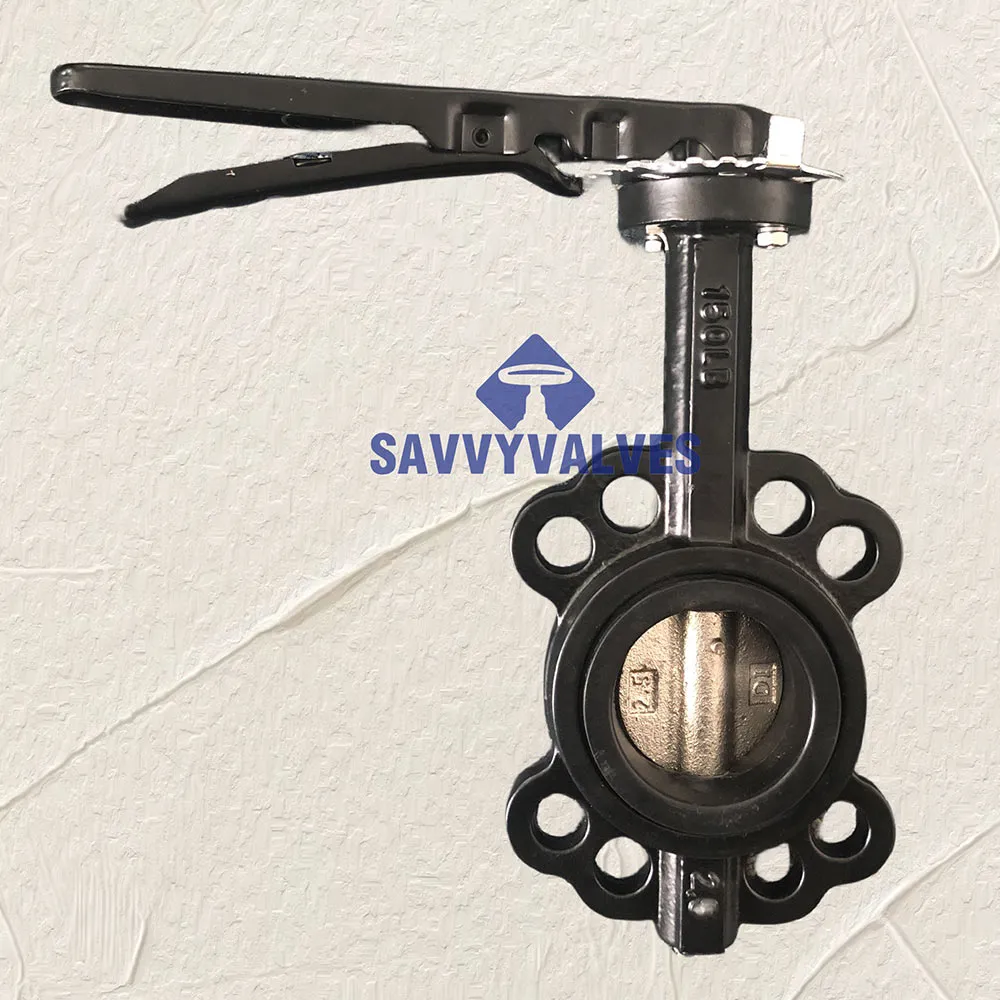
Technical Parameters and Design Excellence
The performance of any valve hinges on its precise technical parameters and design integrity. For wafer style butterfly valves, these include nominal diameter (DN), pressure rating (PN/Class), operating temperature range, body and disc materials, and seat materials. Typical sizes range from DN50 (2 inches) up to DN1200 (48 inches) or larger, accommodating diverse piping systems. Pressure ratings commonly fall within PN10/PN16 (Class 150) for general industrial applications, while higher pressure designs up to PN25 (Class 300) are available for more demanding services. Operating temperatures can vary significantly, from cryogenic applications to systems handling steam or hot gases, necessitating careful material selection.
Body materials frequently include ductile iron (GGG40/50), cast iron, carbon steel, and various grades of stainless steel (304, 316, Duplex). The disc, which directly interacts with the flow, is often made from stainless steel, ductile iron with a protective coating, or aluminum bronze, chosen for its corrosion and erosion resistance. The revolutionary aspect of the Replaceable Cartridge Seat design lies in its modularity. Unlike traditional designs where the entire valve might need replacement or extensive in-situ repair if the seat wears, this innovative approach allows for quick and easy replacement of the seat cartridge. This significantly reduces downtime, simplifies maintenance procedures, and extends the overall service life of the wafer type butterfly valve, proving to be a critical advantage for continuous process industries.
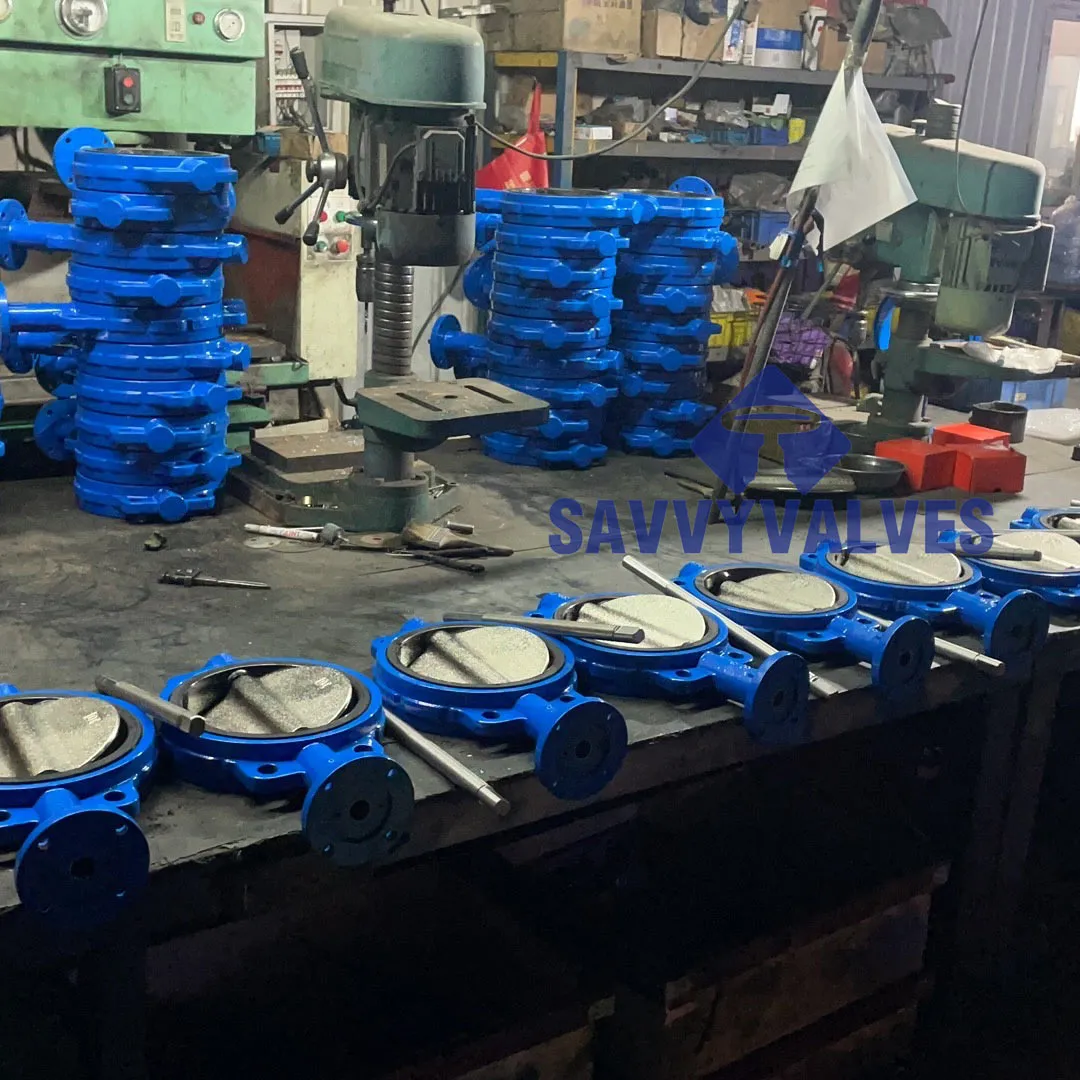
Manufacturing Process and Rigorous Quality Assurance
The production of high-quality wafer style butterfly valves involves a sophisticated multi-stage manufacturing process, ensuring precision, durability, and adherence to stringent industry standards. It typically begins with material procurement, focusing on certified raw materials like ductile iron castings or forged stainless steel. Subsequent stages include casting or forging of the valve body and disc, followed by advanced CNC machining to achieve exact dimensions and tight tolerances. CNC machining is critical for precision components like shafts and disc seats, ensuring optimal sealing and smooth operation. The seat manufacturing, especially for the replaceable cartridge type, requires specialized molding techniques to ensure perfect concentricity and sealing effectiveness.
Beyond fabrication, robust quality control is integrated at every step. This includes material composition analysis (e.g., Spectrometry), non-destructive testing (NDT) such as ultrasonic or radiographic inspection for internal defects, dimensional inspection, and pressure testing (hydrostatic and pneumatic tests per API 598 or EN 12266-1). Adherence to international standards like ISO 9001 for quality management systems, ANSI/ASME B16.34 for valve design, and API 609 for butterfly valves, is non-negotiable for reputable manufacturers. These comprehensive checks guarantee that each wafer butterfly valve leaving the facility meets the highest performance and safety criteria, offering reliability throughout its predicted service life of 10-20 years or more, depending on application severity and maintenance.
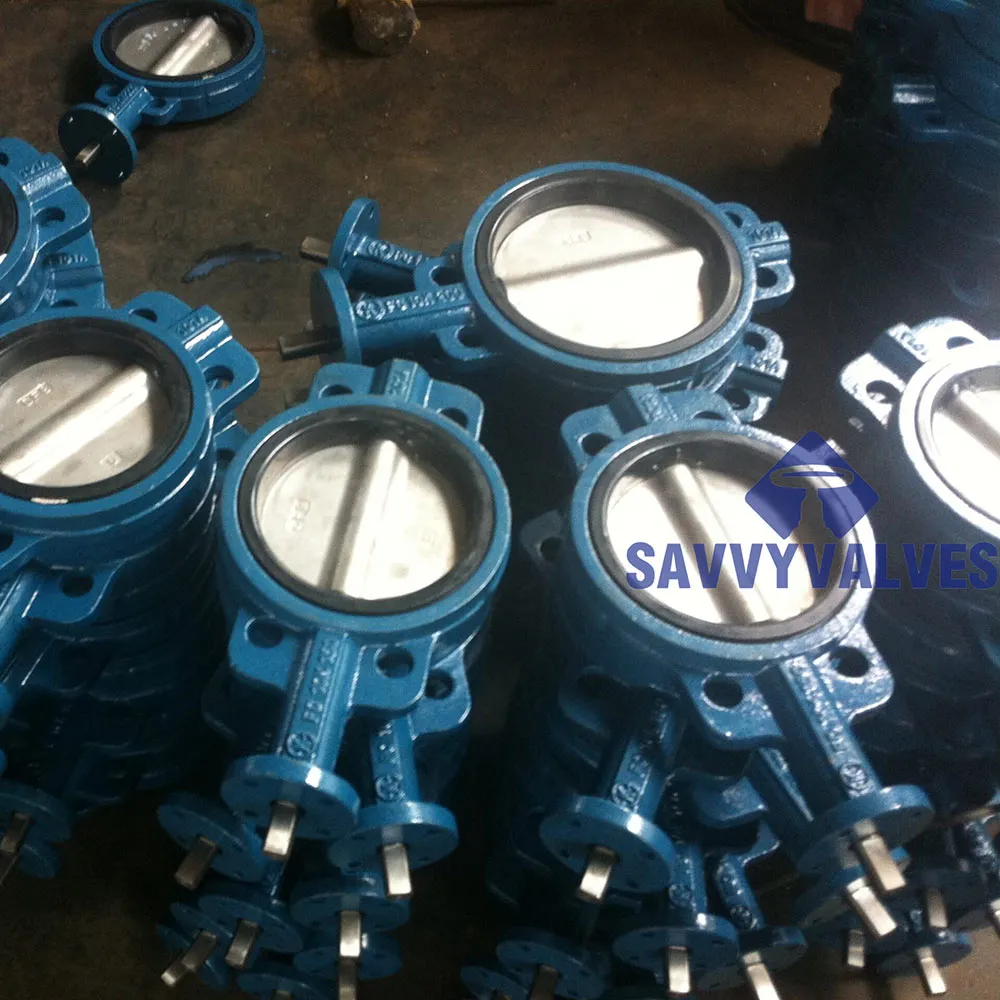
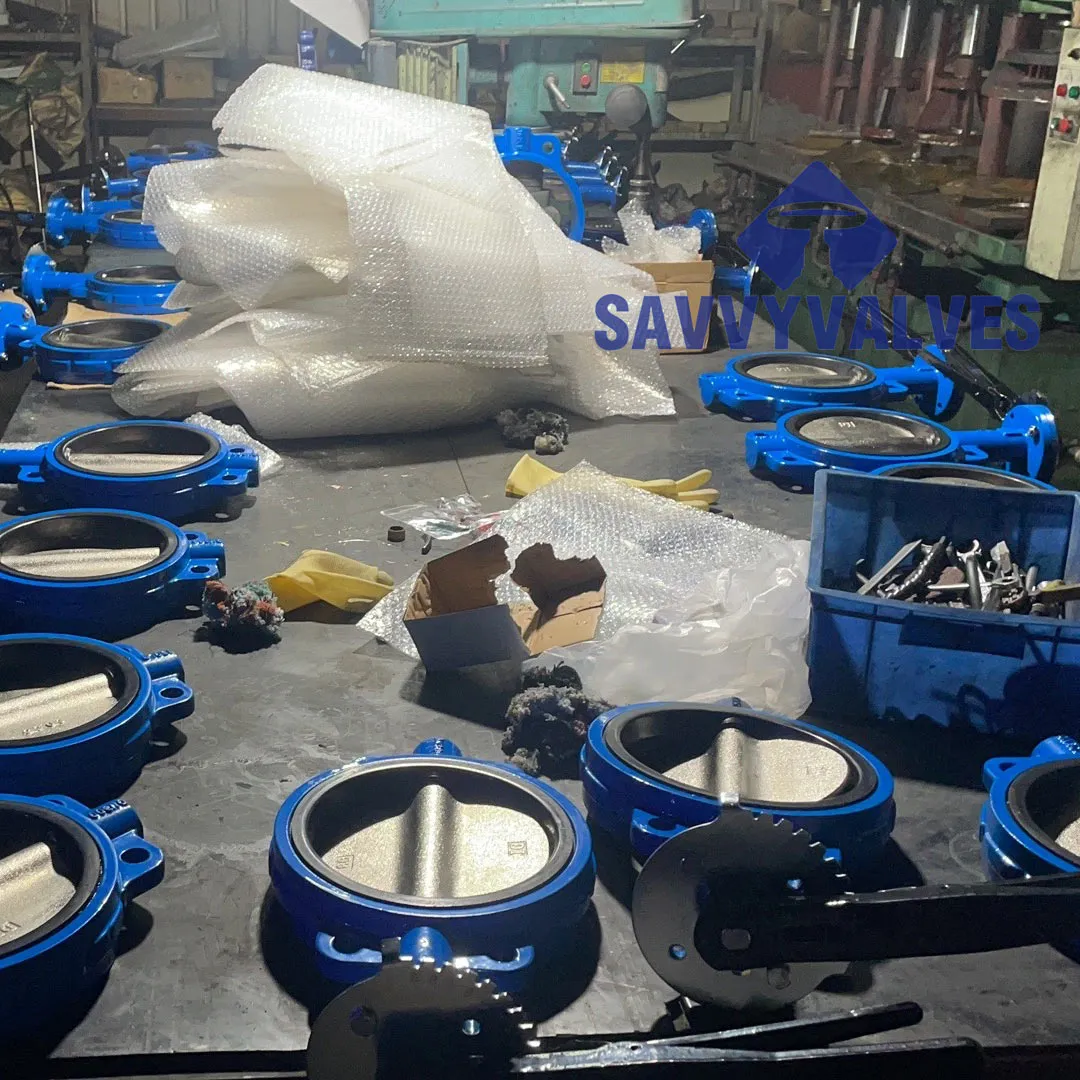
Key Technical Advantages in Diverse Applications
The widespread adoption of wafer style butterfly valves across industrial sectors is a testament to their inherent technical advantages. Their lightweight and compact design significantly reduces installation space and support structure requirements compared to traditional gate or globe valves, leading to considerable cost savings in piping systems. The quarter-turn operation of the disc allows for quick opening and closing, enhancing operational efficiency and making them suitable for applications requiring rapid flow control. Furthermore, their relatively low pressure drop across the valve in the fully open position translates to reduced energy consumption for pumping, contributing to substantial long-term operational cost savings.
Beyond their physical attributes, wafer type butterfly valve designs offer excellent corrosion resistance through a variety of material options, allowing for precise selection based on the media being handled. For instance, PTFE-lined discs and seats are standard for highly corrosive chemicals, while rubber-lined seats (EPDM, NBR) excel in general water and wastewater applications. The Replaceable Cartridge Seat Wafer Butterfly Valve specifically elevates these advantages by simplifying maintenance. In environments where seat wear is a concern, such as in abrasive slurry applications, the ability to quickly swap out a worn seat without removing the entire valve body from the pipeline minimizes downtime, preserves system integrity, and extends the valve's functional life, making it a highly economical and reliable choice for demanding industrial processes.
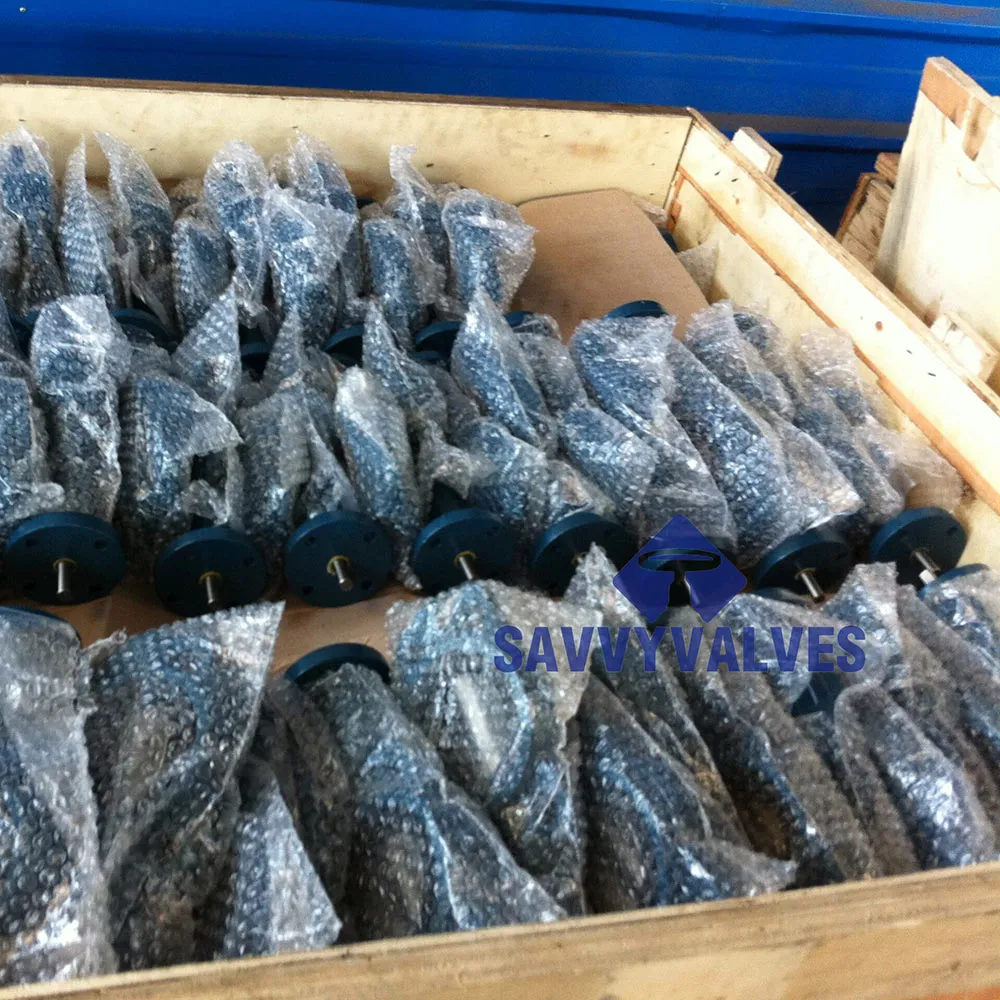
Application Scenarios Across Key Industries
Wafer style butterfly valves are indispensable across a broad spectrum of industrial applications due to their adaptability and efficient design. In the Petrochemical and Oil & Gas sectors, they are used in utility lines, cooling water systems, and low-pressure processing applications where quick shut-off and compact size are crucial. Their ability to handle various fluids, including hydrocarbons and chemicals, makes them a go-to choice, especially when equipped with fire-safe designs and appropriate material certifications for hazardous areas. For instance, in a refinery's water treatment facility, wafer type butterfly valves effectively manage water intake and discharge, ensuring smooth operations with minimal maintenance.
The Water and Wastewater Treatment industry heavily relies on wafer butterfly valves for their cost-effectiveness and excellent flow control in large diameter pipelines. They are ideal for raw water intake, filtration, distribution networks, and sewage treatment plants, handling both clean and moderately abrasive media. In HVAC systems for large commercial and industrial buildings, they regulate the flow of chilled and hot water in cooling and heating circuits, contributing to energy efficiency due to their low-pressure drop characteristics. The Mining and Metallurgy industries utilize these valves in slurry lines and process water applications, often selecting valves with wear-resistant disc coatings and robust seat materials to withstand abrasive conditions, providing longevity and reliable performance where other valve types might fail rapidly.
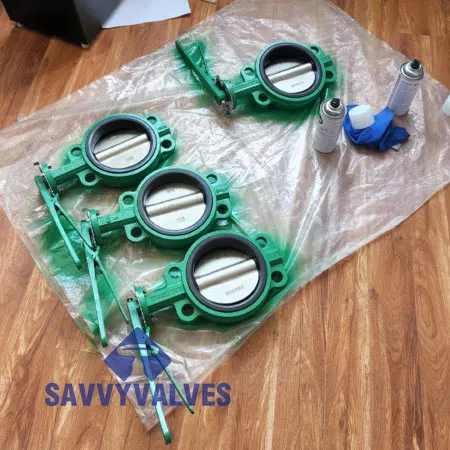
Typical Wafer Style Butterfly Valve Specifications
To aid in material selection and specification, the following table outlines typical parameters for general-purpose wafer style butterfly valves. These specifications represent common configurations, but custom solutions are often available to meet unique project requirements. Understanding these benchmarks is crucial for engineers to ensure compatibility with existing piping systems and process conditions, optimizing both performance and cost.
| Parameter | Typical Range / Options |
|---|---|
| Nominal Size (DN / Inches) | DN50-DN600 (2"-24"), up to DN1200 (48") |
| Pressure Rating | PN10 / PN16 (Class 150), up to PN25 (Class 300) |
| Temperature Range | -20°C to +120°C (EPDM/NBR), up to +200°C (Viton/PTFE) |
| Body Material | Ductile Iron (GGG40/50), Cast Iron (GG25), Carbon Steel, Stainless Steel (304, 316) |
| Disc Material | Ductile Iron (Nickel/Epoxy Coated), Stainless Steel (304, 316), Aluminum Bronze |
| Seat Material | EPDM, NBR, Viton (FKM), PTFE (Teflon), Natural Rubber |
| Operation Type | Lever, Gearbox, Pneumatic Actuator, Electric Actuator |
| Applicable Standards | API 609, ANSI B16.34, EN 593, ISO 5211 (for actuation) |
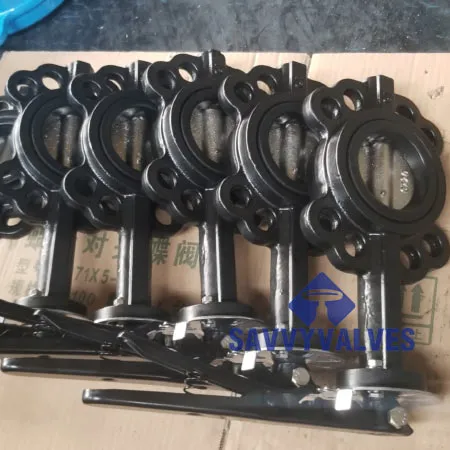
Manufacturer Comparison and Tailored Solutions
Choosing the right manufacturer for wafer style butterfly valves is a critical decision that impacts long-term operational costs and system reliability. While many suppliers offer standard options, distinguishing factors include manufacturing expertise, adherence to international quality certifications, depth of engineering support, and the ability to provide customized solutions. Leading manufacturers differentiate themselves through advanced design features, such as the replaceable cartridge seat, which significantly reduces maintenance complexity and extends the overall service life of the valve. They also offer a wider range of material combinations and actuation options, ensuring optimal valve performance for highly specific process conditions.
For B2B clients, the availability of tailored solutions is often as important as standard product offerings. Whether it's a unique material requirement for highly corrosive media, a specific actuation protocol for integration into an existing control system, or bespoke dimensions for a constrained space, a manufacturer with strong engineering capabilities can provide significant value. This includes offering detailed flow calculations, material compatibility analyses, and performance guarantees. Savvy Valve Tech, for instance, focuses on not just delivering high-quality Replaceable Cartridge Seat Wafer Butterfly Valves, but also partnering with clients to design bespoke solutions that precisely meet their unique operational challenges, ensuring maximum efficiency and reliability in their industrial processes.
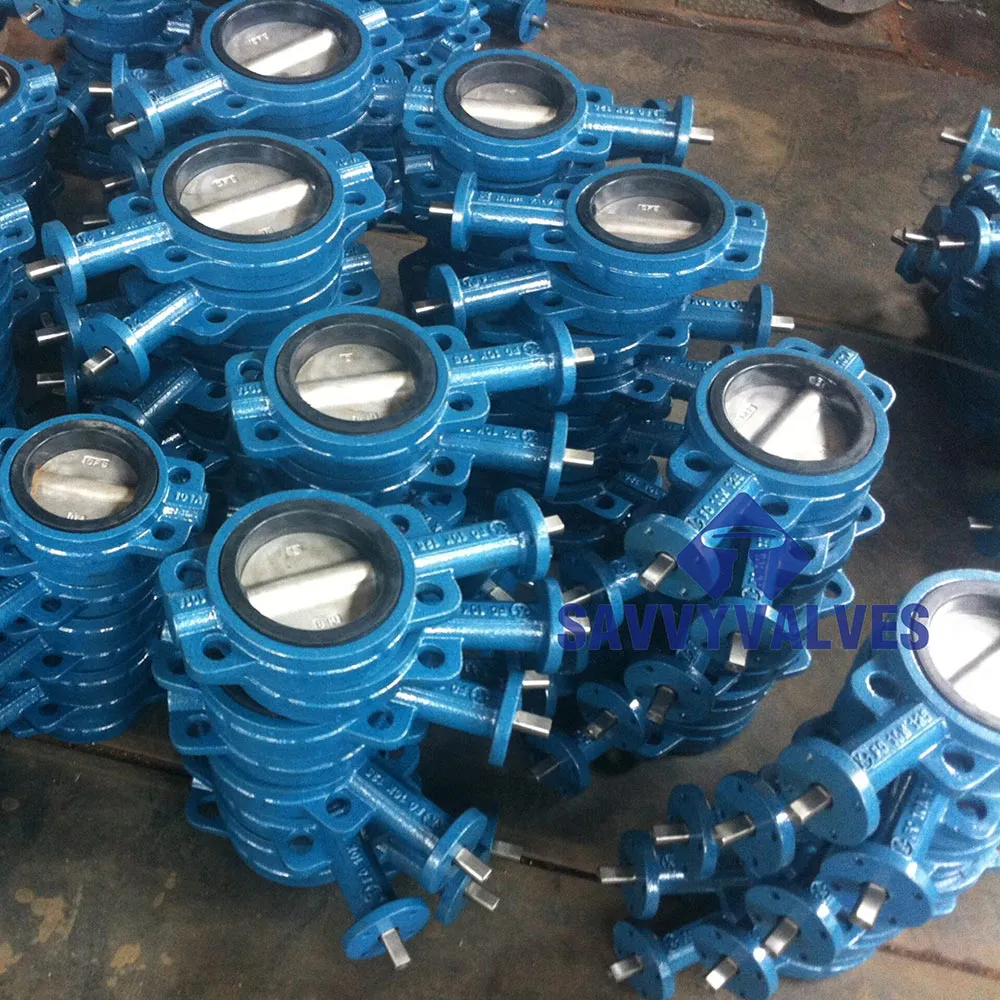
Real-World Application Case Study: Enhancing Wastewater Treatment Efficiency
A major municipal wastewater treatment plant faced recurring issues with valve seat wear in their primary treatment lines, which handled abrasive sludge. Traditional rubber-lined butterfly valves required frequent, costly, and time-consuming replacements, leading to significant operational downtime. The plant's engineering team sought a more durable and maintainable solution. After comprehensive evaluation, they opted to trial Replaceable Cartridge Seat Wafer Butterfly Valves in their most problematic sections. The new valves were sized at DN400 (16 inches) and featured a robust ductile iron body with a stainless steel disc, specifically fitted with an easily replaceable EPDM cartridge seat designed for abrasive media.
Over an 18-month period, the plant observed a dramatic reduction in maintenance hours and material costs associated with valve servicing. When seat wear eventually occurred, the maintenance crew could replace only the worn cartridge seat within hours, without removing the entire valve body from the pipeline. This contrasted sharply with the previous method, which often involved days of shutdown and complex piping adjustments. The case demonstrated the superior longevity of the valve's core components and the significant operational benefits of the replaceable seat design, solidifying wafer type butterfly valve technology as a reliable and economical solution for challenging wastewater applications, leading to full plant conversion over time.
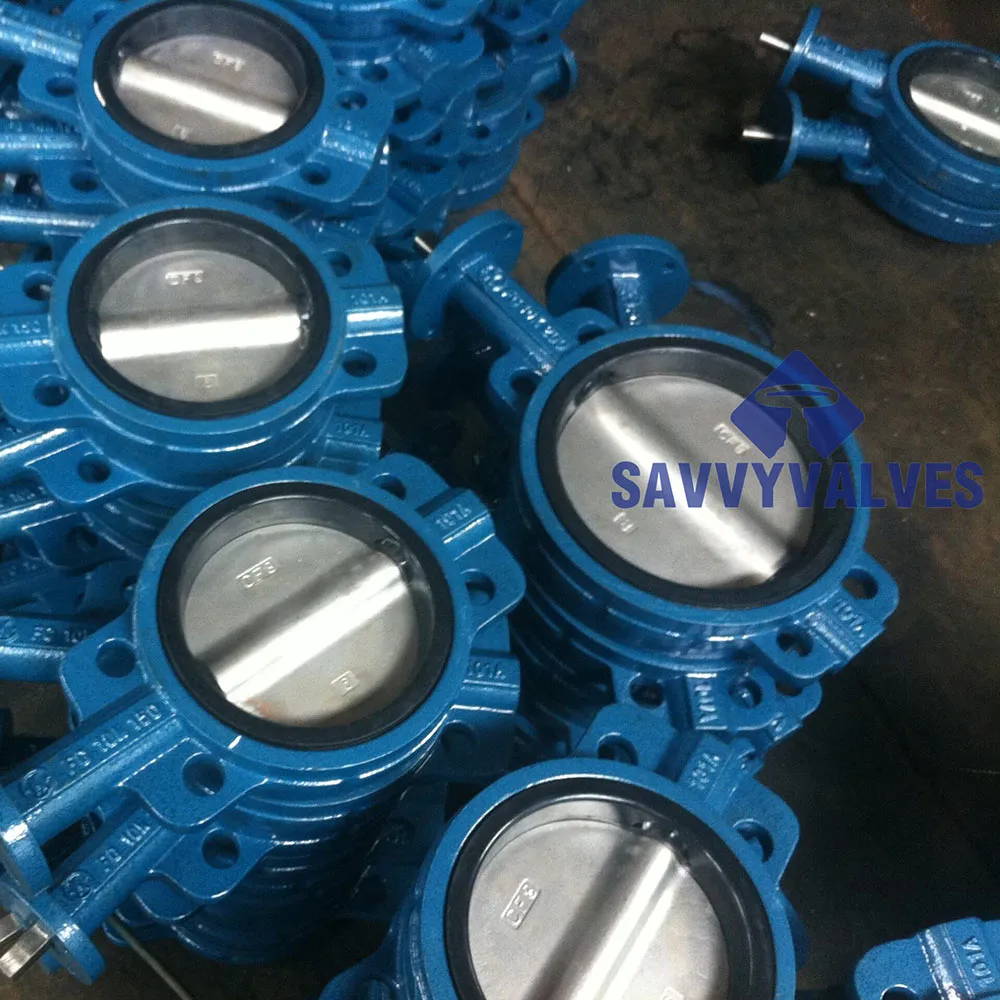
Authoritativeness and Trustworthiness: Our Commitment
Our commitment to quality and customer satisfaction is built on a foundation of rigorous certifications, extensive industry experience, and robust customer support. We adhere strictly to international manufacturing standards, including ISO 9001 for quality management systems, ensuring that every wafer style butterfly valve meets the highest benchmarks for design, production, and testing. Our products also comply with relevant industry-specific standards such as API 609 and ANSI B16.34, validating their suitability for diverse and demanding industrial applications. With over a decade of service in the valve industry, we have cultivated partnerships with leading engineering firms and industrial clients globally, a testament to our reliability and expertise.
To further underscore our trustworthiness, we offer transparent delivery timelines, typically ranging from 4-8 weeks for standard orders, with expedited options available for urgent requirements. Each valve is backed by a comprehensive warranty, covering manufacturing defects and material integrity for a specified period, ensuring peace of mind for our clients. Our dedicated customer support team provides expert technical assistance, from pre-sales consultation and product selection to post-installation support and troubleshooting. This holistic approach, combined with our focus on innovative solutions like the Replaceable Cartridge Seat Wafer Butterfly Valve, ensures long-term value and reduces operational risks for our partners, solidifying our position as a trusted provider in the fluid control industry.
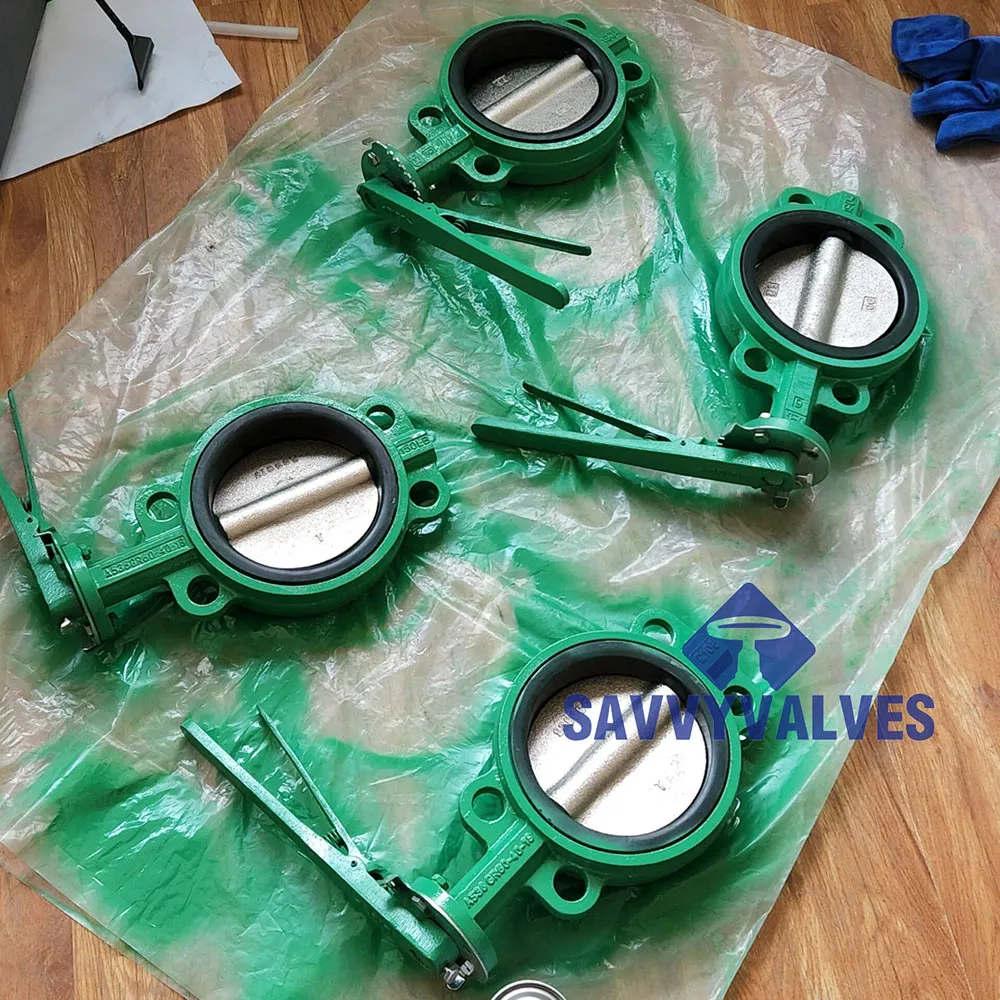
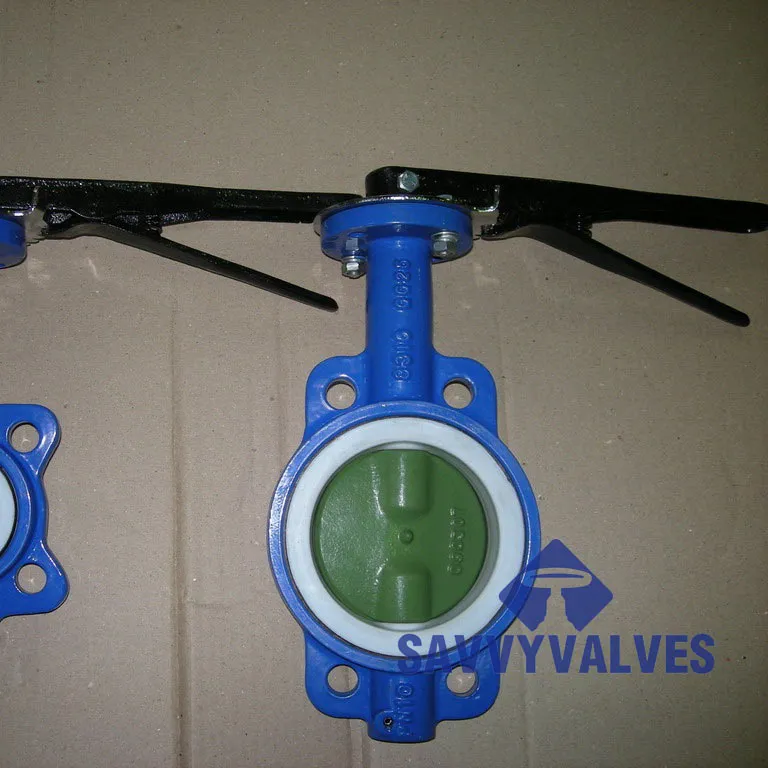
Frequently Asked Questions (FAQ) about Wafer Style Butterfly Valves
Q1: What is the primary advantage of a Replaceable Cartridge Seat Wafer Butterfly Valve over traditional designs?
A1: The primary advantage is significantly reduced maintenance time and cost. In traditional designs, a worn seat often necessitates valve removal from the pipeline and complex in-situ repairs or full valve replacement. With a replaceable cartridge seat, only the seat component needs to be replaced, which can be done quickly and easily, minimizing downtime and extending the overall lifespan of the wafer style butterfly valve body, shafts, and disc. This modularity also allows for material upgrades of the seat if process conditions change, enhancing adaptability.
Q2: How do I select the correct material for my wafer butterfly valve?
A2: Material selection depends critically on the fluid media's corrosiveness, temperature, and pressure, as well as ambient conditions. Key components to consider are the body, disc, and especially the seat material. For example, EPDM is excellent for water, NBR for hydrocarbons, Viton for higher temperatures and certain chemicals, and PTFE for highly corrosive or sanitary applications. Consulting with valve specialists and referring to chemical compatibility charts is highly recommended to ensure optimal performance and longevity for your wafer type butterfly valve.
Q3: What are the typical pressure and temperature limits for wafer style butterfly valves?
A3: Most standard wafer butterfly valves are rated for pressures up to PN10/PN16 (equivalent to Class 150), suitable for a wide range of general industrial and HVAC applications. Higher pressure classes, such as PN25 or Class 300, are available for more demanding processes. Temperature limits are primarily determined by the seat material: EPDM/NBR typically handle -20°C to 120°C, while Viton and PTFE can extend this range up to 200°C or higher for specific designs. Always refer to the manufacturer's specific pressure-temperature (P-T) curves for precise application limits.
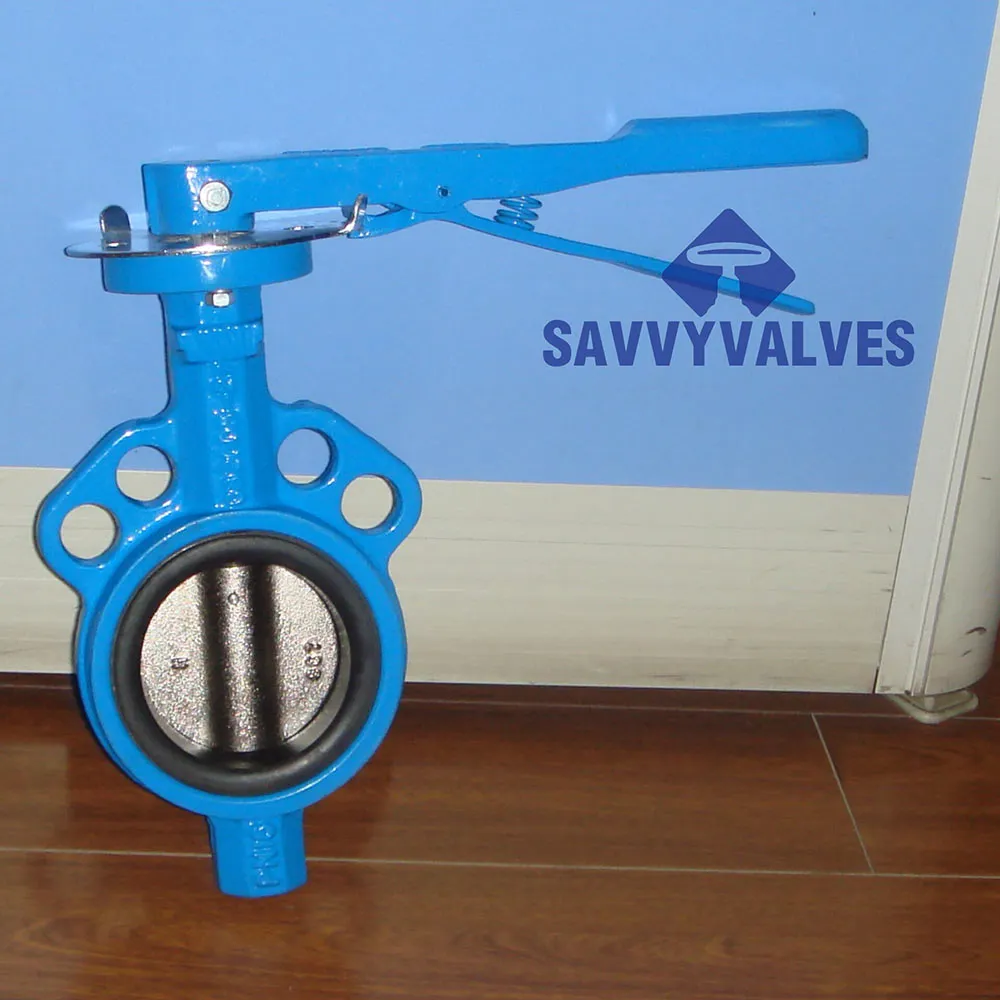
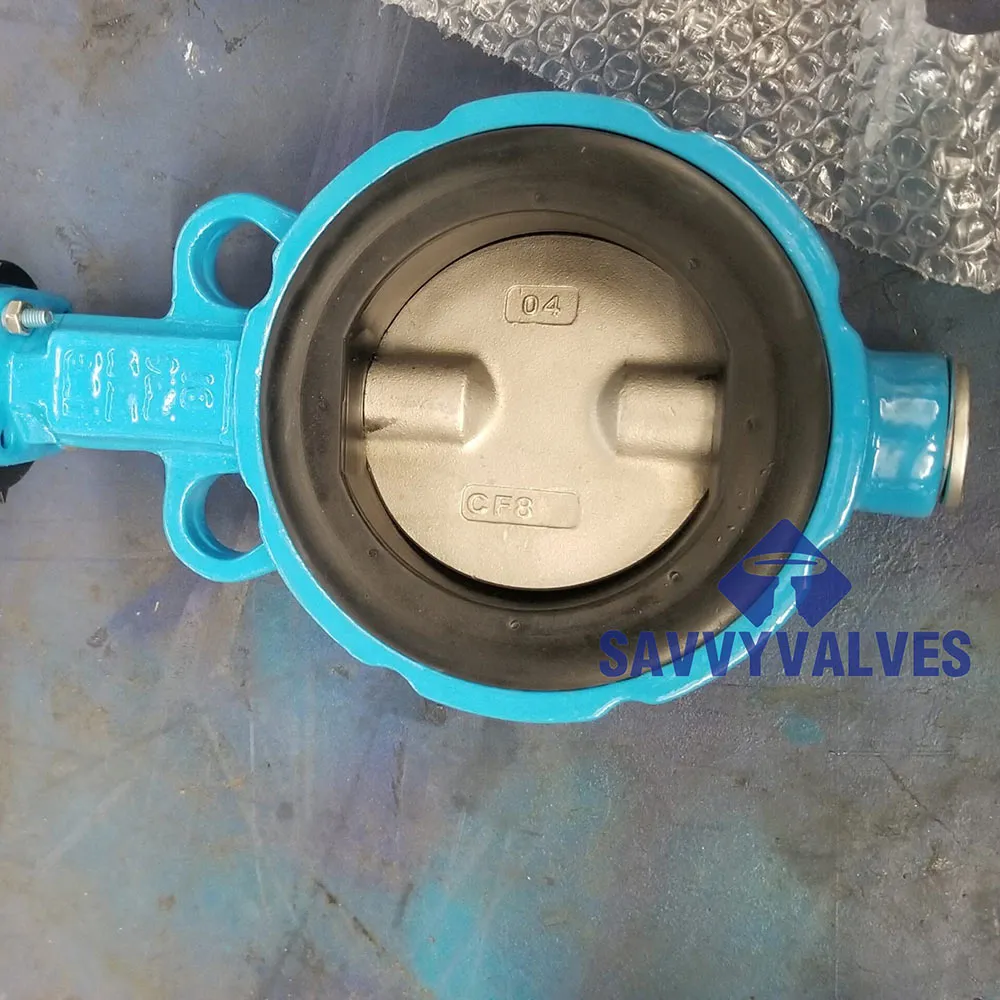
Conclusion: The Enduring Value of Wafer Style Butterfly Valves
Wafer style butterfly valves remain a cornerstone of industrial fluid control, prized for their compact design, operational efficiency, and cost-effectiveness. The advent of advanced designs, such as the Replaceable Cartridge Seat Wafer Butterfly Valve, has further solidified their position by offering unparalleled ease of maintenance and extended service life. By integrating robust manufacturing processes, adhering to rigorous quality standards, and providing tailored solutions, leading manufacturers ensure that these valves deliver superior performance across a multitude of challenging industrial applications.
For B2B decision-makers and technical personnel, investing in high-quality wafer type butterfly valve technology is a strategic move towards optimizing process efficiency, minimizing downtime, and achieving significant long-term savings. The ability to quickly and economically replace wear components, coupled with comprehensive technical support and adherence to global standards, makes these valves an intelligent choice for any modern industrial infrastructure aiming for reliability and sustainability.
References
- ISO 9001:2015 Quality management systems — Requirements. International Organization for Standardization.
- API 609: Butterfly Valves: Double Flanged, Lug- and Wafer-Type. American Petroleum Institute.
- ANSI/ASME B16.34: Valves—Flanged, Threaded, and Welding End. American Society of Mechanical Engineers.
- EN 12266-1: Industrial valves — Testing of valves — Part 1: Pressure tests, procedures for functional tests and leakage test requirements. European Committee for Standardization.
- Flow Control Magazine. "Valve Technology Trends and Market Forecasts." Various issues.

